How to Apply for a US F-1 Student Visa: Requirements, Fees, and Key Steps
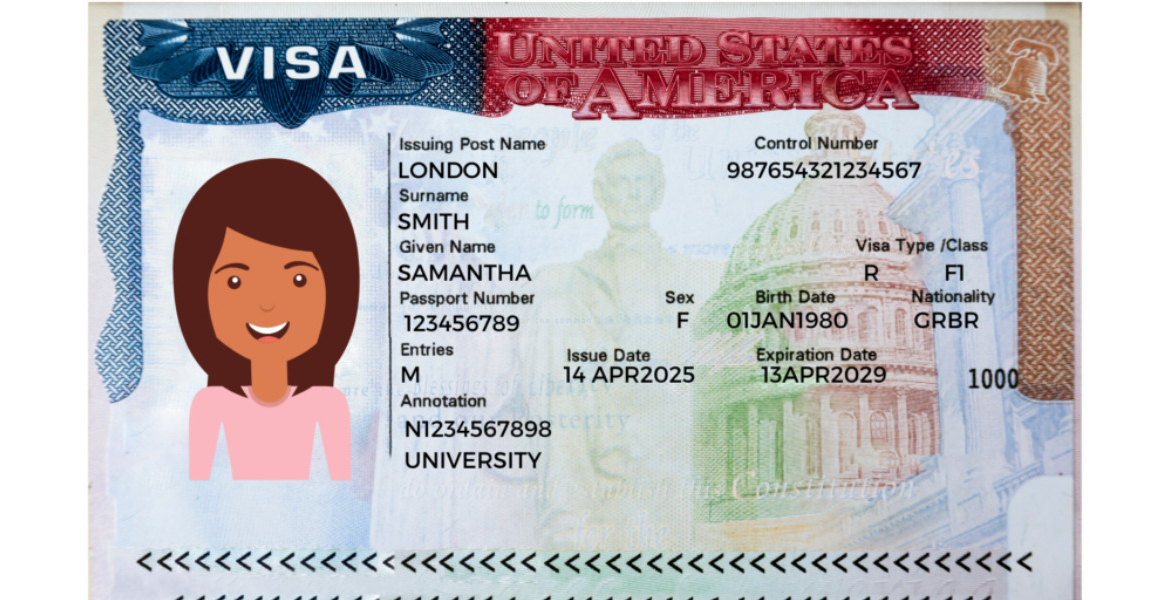
As the United States remains a top destination for international students, welcoming over a million scholars annually, prospective students must navigate a complex but crucial process: securing the F-1 student visa.
This document is not merely a travel permit; it is the key to unlocking access to world-class universities, diverse academic programs, and invaluable cultural experiences within the US educational system. Securing this visa requires meticulous planning, comprehensive documentation, and successful adherence to stringent regulations set forth by the US government.
The F-1 visa allows non-immigrant students to pursue full-time academic studies at institutions certified by the Student and Exchange Visitor Program (SEVP). This accreditation grants foreign students the legal right to reside in the US for the duration of their academic program. However, the journey to obtaining this visa is complex, necessitating meticulous attention to detail and strict compliance with established guidelines.
Understanding the F-1 Visa: Eligibility and Core Requirements
The F-1 visa is specifically designed for individuals intending to pursue academic studies at US institutions, encompassing universities, colleges, high schools, seminaries, conservatories, and language training centres. The primary prerequisite for applicants is enrollment in a SEVP-approved institution. Applicants must also demonstrate the financial capacity to cover tuition fees and living expenses, possess a valid passport, and provide compelling evidence of their intent to return to their home country upon completing their studies.
This demonstration aims to assure authorities that the student does not intend to overstay the visa. Central to the F-1 visa application is the I-20 form, issued by the admitting educational institution. This document provides crucial details, including the student's SEVIS ID number, program duration, field of study, and financial information. These elements are critical in the visa approval process. Beyond academic privileges, the F-1 visa also dictates key aspects such as eligibility for employment, potential post-graduation opportunities, and residency limitations.
For instance, graduates may be eligible for Optional Practical Training (OPT), allowing them to gain practical work experience related to their field of study for up to 12 months. Additionally, STEM (Science, Technology, Engineering, and Mathematics) majors may qualify for a 24-month extension, offering a total of 36 months of OPT.
The Application Process
Securing an F-1 visa involves a multi-stage process requiring both digital and physical preparation. The process can be summarised in distinct stages.
The process begins with securing admission to a SEVP-accredited institution. Upon acceptance, the institution will issue the I-20 form, which is a formal declaration of the student's eligibility for an F-1 visa.
Before scheduling a visa interview, applicants must pay the SEVIS I-901 fee. The payment receipt is a mandatory document required during the visa interview.
The DS-160 form is a mandatory online application for all non-immigrant US visa applicants. It requires detailed personal information, educational history, and travel intentions. Upon submission, applicants must pay the $185 application fee and print the confirmation page containing a barcode.
The next step involves scheduling an interview appointment at a US embassy or consulate. As availability varies by location, early scheduling is advisable. The interview is a critical juncture where consular officers evaluate the applicant's credibility, financial readiness, and future intentions.
To ensure a successful visa application, applicants must present several essential documents, including a valid passport, the I-20 form issued by their institution, the DS-160 confirmation page, the SEVIS fee receipt, financial records demonstrating sufficient funds, academic transcripts, and standardised test scores. Preparing for potential interview questions regarding the choice of university, financial management of educational expenses, and future career aspirations can greatly increase the likelihood of visa approval.
Common Reasons for Visa Denial and Strategies for Mitigation
Not all visa applications are successful. Several factors can lead to rejection, including incomplete documentation, insufficient financial proof, and weak ties to the home country. Understanding these potential pitfalls and preparing accordingly is crucial.
Incomplete or inaccurate documentation is a significant cause for denial. Every detail must be accurate, from the DS-160 form to the I-20. Even minor errors can lead to delays or outright rejection. Another common reason for denial is the lack of sufficient financial proof. Consular officers assess whether applicants have adequate funds to cover tuition, housing, and other expenses. Without robust financial documentation, an application may be rejected.
Applicants must also demonstrate a clear intent to return to their home country upon completing their studies, as the F-1 visa is a non-immigrant visa. Strong connections to the home country, such as family ties, future job prospects, or property ownership, can reassure authorities that the applicant does not intend to remain in the US permanently.
Seeking guidance from the international student office at the admitting institution before applying can help mitigate these risks and improve the chances of visa approval.
Maintaining F-1 Visa Status After Arrival
Once the F-1 visa is approved, students must adhere to specific regulations to maintain their legal status in the US These include arriving no more than 30 days before the start of the academic program, registering with the institution's Designated School Official (DSO) upon arrival, remaining enrolled in full-time coursework throughout the academic term, and consulting the DSO before transferring schools or taking extended leave. Failure to comply with these requirements can jeopardise the student's visa status, potentially leading to revocation or forced departure.
Work Authorisation and Employment Opportunities
F-1 visa holders are permitted to work in the US, but restrictions apply. On-campus jobs, such as positions in libraries or cafeterias, allow up to 20 hours of work per week during academic terms. During breaks, students may work full-time if permitted by their university. For off-campus employment, programs like Curricular Practical Training (CPT) and OPT provide opportunities for students to gain work experience in their field, subject to authorisation. Students should consult with the DSO before accepting any job, as unauthorised employment can result in serious consequences, including visa termination.
Post-Graduation Planning: Options and Considerations
Upon completing their academic program, F-1 visa holders have a 60-day grace period to decide on their next steps, which include returning home, applying for OPT to work in a related field, or transferring to another SEVP-approved school for further studies. Early planning and close coordination with the institution's international student office are recommended to ensure compliance with US immigration regulations.

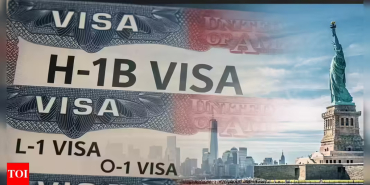
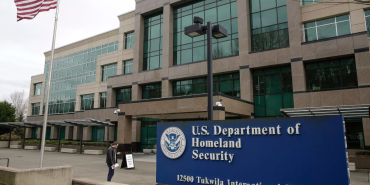
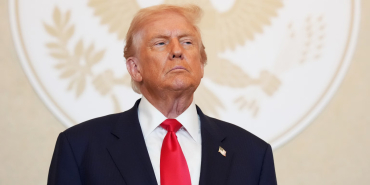
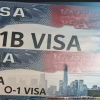
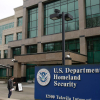

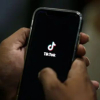
Add new comment